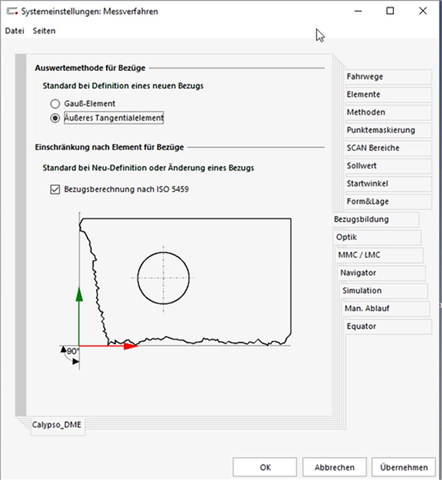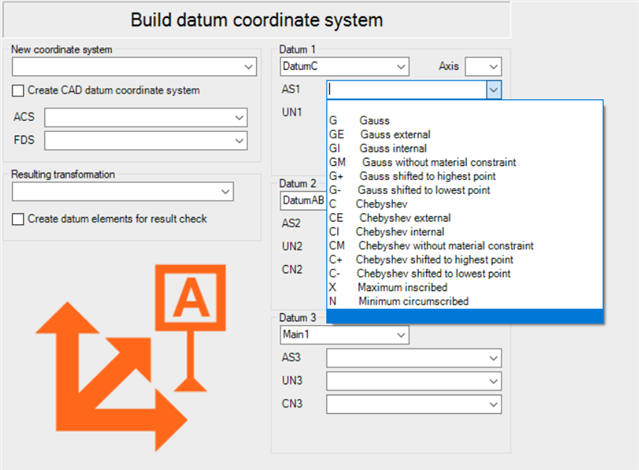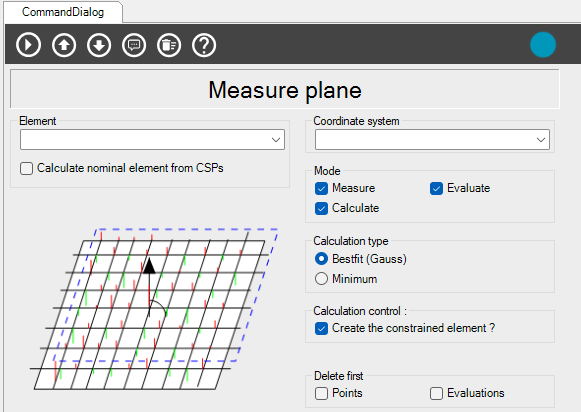Hello Quindos World,
as I have not found any Quindos user with larger experience on that topic yet, I am very interested in experiences and opinions on this topic.
We are working in automotive industry and have a larger group of customers using Zeiss Calypso software. Many of them using the inbuilt function "Datum creation according to DIN5459, with tangential elements"
As far as I understand this option creates datum systems which uses "tangential" elements for position and direction of the datum system.
At our place (at least until now) it was common to use Gauss (LSQ) elements with the "BLDCSY" command for creation of the datum system. And of the colleagues I know of at other companies I also only saw them using Gauss (LSQ) elements.
This difference in datum creation leads to measurement differences (e.g. position, coaxiality etc.) with customers on same part.
So my questions would be :
- Any of you guys had this kind of discussion internally or with customers using Calypso before and/or is regularly using datum creation according to DIN5459 where the drawing implies ?
- Any of you guys regularly using the "BuildDatumSystem" command and have any experiences how it compares to the mentioned option in Calypso ?
- I guess as it uses tangential elements scanning and filtering is a must ?
as more customers seem to use it I need to gain more knowledge on that topic and how to implement it in Quindos accordingly.



